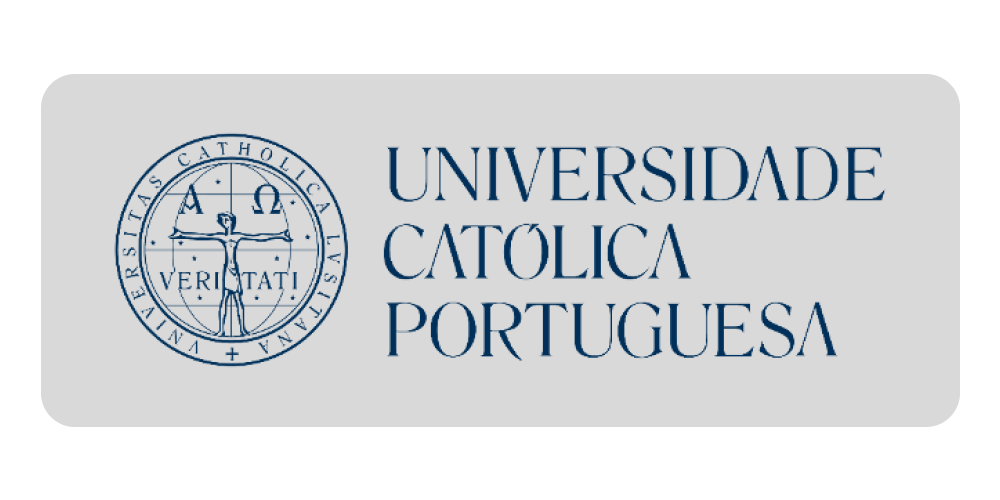University of Zagreb. Faculty of Science. Department of Geography.
Analysis of provision of urban functions in the City of Velika Gorica
2019
Velika Gorica je satelitsko naselje Zagreba čiji je razvoj bio pod snažnim utjecajem procesa koji su kretali iz glavnog grada od 70-ih godina prošlog stoljeća kao što je suburbanizacija i decentralizacija Zagreba koja se više odnosila na funkciju stanovanja, a manje na funkciju rada. Zbog blizine i utjecaja velikog Zagreba, Velika Gorica ima slabo razvijenu radnu funkciju i prema tome slabije razvijene i neke druge gradske funkcije kao što je zdravstvena funkcija. U ovom radu analizirale su se gradske funkcije Grada Velike Gorice kao jedinice lokalne samouprave, to jest njihova brojnost, kvaliteta i dostupnost, podacima dobivenim kartiranjem. Provedenim anketnim istraživanjem htjelo se kvantificirati zadovoljstvo lokalnog stanovništva gradskim funkcijama koje svakodnevno koriste. Simbiozom ovih dvaju istraživačkih metoda pokušalo se, kao što riječ "opremljenost" u naslovu sugerira, dati odgovor na pitanje koliko je Grad Velika Gorica opremljen pojedinim gradskim funkcijama, to jest koliko one zadovoljavaju potrebe lokalnog stanovništva. Zato su se analizirale one gradske funkcije koje su važne za kvalitetu života i potrebe lokalnog stanovništva kao što su radna, uslužna, trgovačka, obrazovna i zdravstvena funkcija, a ne sve gradske djelatnosti koje bi uključivale, na primjer, i stambenu ili industrijsku funkciju.Velika Gorica is a satellite settlement of Zagreb and its development has been strongly influenced by processes that have radiated from the capital since the 1970s, such as the suburbanization and decentralization of Zagreb which had more to do with the function of housing and less with the function of work. Due to the proximity and influence of the Zagreb urban agglomeration, Velika Gorica has poorly-developed work functions and is therefore less well-developed in terms of other city functions such as health care. This paper analyzes the city functions of the City of Velika Gorica as a unit of local self-government, i.e. their abundance, quality, and accessibility, by data obtained from mapping. The survey was intended to quantify the satisfaction of the local population with the everyday functions that they use. The symbiosis of these two research methods sought, as the word "equipment" suggests, to answer the question of how well the City of Velika Gorica is equipped with certain city functions, i.e. to what extent they meet the needs of the local population. Therefore, the city functions that are important for the quality of life and needs of the local population such as work, service, trade, education, and health care were analyzed. Some other functions, i.e. urban functions such as housing or industry, were not included
University of Zagreb. Faculty of Science. Department of Geography.
Analysis of provision of urban functions in the City of Velika Gorica
Velika Gorica je satelitsko naselje Zagreba čiji je razvoj bio pod snažnim utjecajem procesa koji su kretali iz glavnog grada od 70-ih godina prošlog stoljeća kao što je suburbanizacija i decentralizacija Zagreba koja se više odnosila na funkciju stanovanja, a manje na funkciju rada. Zbog blizine i utjecaja velikog Zagreba, Velika Gorica ima slabo razvijenu radnu funkciju i prema tome slabije razvijene i neke druge gradske funkcije kao što je zdravstvena funkcija. U ovom radu analizirale su se gradske...
Preuzmite dokument
2019
 Rožanković, Dorian
Rožanković, Dorian
University of Zagreb. Faculty of Science. Department of Geography.
Analysis of provision of urban functions in the City of Velika Gorica
Velika Gorica je satelitsko naselje Zagreba čiji je razvoj bio pod snažnim utjecajem procesa koji su kretali iz glavnog grada od 70-ih godina prošlog stoljeća kao što je suburbanizacija i decentralizacija Zagreba koja se više odnosila na funkciju stanovanja, a manje na funkciju rada. Zbog blizine i utjecaja velikog Zagreba, Velika Gorica ima slabo razvijenu radnu funkciju i prema tome slabije razvijene i neke druge gradske funkcije kao što je zdravstvena funkcija. U ovom radu analizirale su se gradske...
Preuzmite dokument
2019
 Rožanković, Dorian
Rožanković, Dorian






